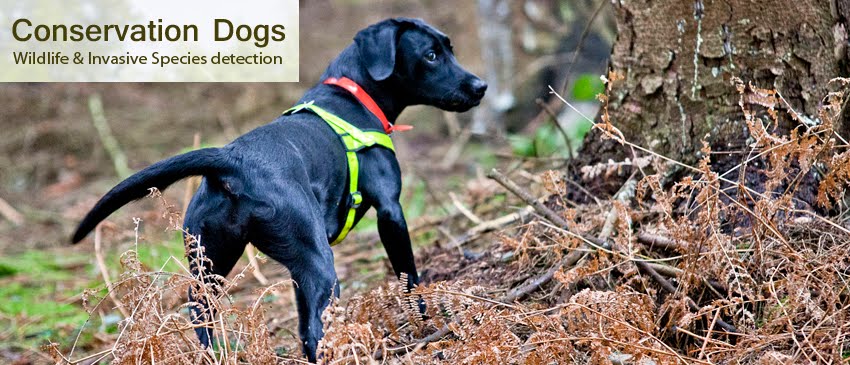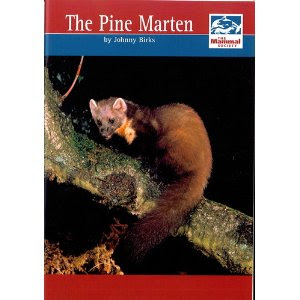We trained a specialist detection dog for MITIE Pest Control and we are delighted to hear he is continuing to be successful.- the project was innovative and Pioneers and wagtail UK ltd and conservation dogs are proud to be part of it. We regularly see Archie and we can not believe how proud he has made us.
below are details taken from MITIE website regarding Archie and the solutions called CARE.
-----------------------------------------------------------------------------------------------------------
CARE PROJECT
Studies have shown that mice are developing behavioural and chemical resistance to common methods of extermination which include traps and rodenticides. We have labelled these as 'super mice'.
One of our solutions is called CARE, which stands for Canine Assisted Rodent Eradication, or other words, Archie. Archie is a specially-trained sniffer dog who has been trained to indicate exactly where a mouse enters and exits a building, and to identify specific areas of high use, such as regularly-used mouse ‘runs’. When Archie finds current mouse infestations, he will indicate by pointing his nose and standing very still in the exact location of the mice.
This method allows our rodent control technicians to place traps and rodenticides much more accurately, avoiding any guesswork. This reduces the quantity of toxic poisons, and can significantly reduce the time required to achieve eradication. Ultimately you get a clearer view of where the infestation lies and the extent of the mice infestation.
Archie is able to:
- Identify and specifically locate active mouse infestations with a high level of accuracy compared with other methods;
- Ignore old infestations and focus only on current activity;
- Ignore the scents of other types of rodents and sniff out only mice.
FOR MORE DETAILS PLEASE CONTACT MITIE:-
------------------------------------------------------------------------------------------------------------















